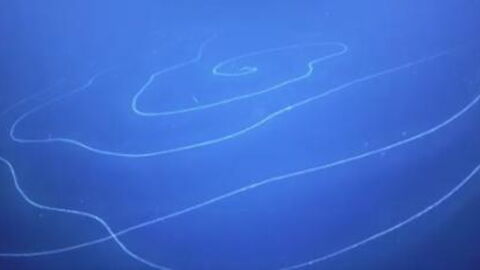Although humans have already explored much of the Earth's surface, they still have many places to discover. The seabed is one of them. According to the National Oceanic and Atmospheric Administration, more than 80% of the underwater world has yet to be explored. Many species that hide in its dark depths are still unknown, but they remain difficult to study, requiring a lot of high-tech equipment.
Discover our latest podcast
In the hope of advancing knowledge in this area, scientists travelled to the waters off the Indonesian coast in 2018. There they collected as many specimens as possible from dozens of different locations in West Java. After sifting through them, they published a study in ZooKeys on July 8th, in which they announced that they had identified several new species, including a very special one.
A ‘supergiant’ of the seas
They called the specimen Bathynomus raksasa. It belongs to the group of giant isopods, also known as sea cockroaches. However, it has nothing to do with these insects, and it looks more like a woodlouse... or Darth Vader, depending on your point of view. He is a loner, like the fictional character in the Star Wars saga, spending his life scraping the seabed in search of food.

Bathynomus raksasa is the twentieth giant isopod documented, but it has the particularity of being larger than its cousins. It can reach up to 20 inches long, a size similar to that of a crab or lobster. This ‘supergiant’ is also very abundant in the ocean, for good reason. It is not very fleshy and is of little interest to other predators. Its ability to survive long periods without eating and its flat, hard body make it incredibly resistant.
Currently, a dozen species of these aquatic animals have already been recorded. However, there could be many more to be discovered in the depths of the ocean. One of the authors of the study, Cahyo Rahmadi, explains:
The discovery of the first Bathynomus in the depths of Indonesia is very important for taxonomic research (classification of living organisms) on deep-sea crustaceans, in view of the scarcity of similar research in Indonesia.














